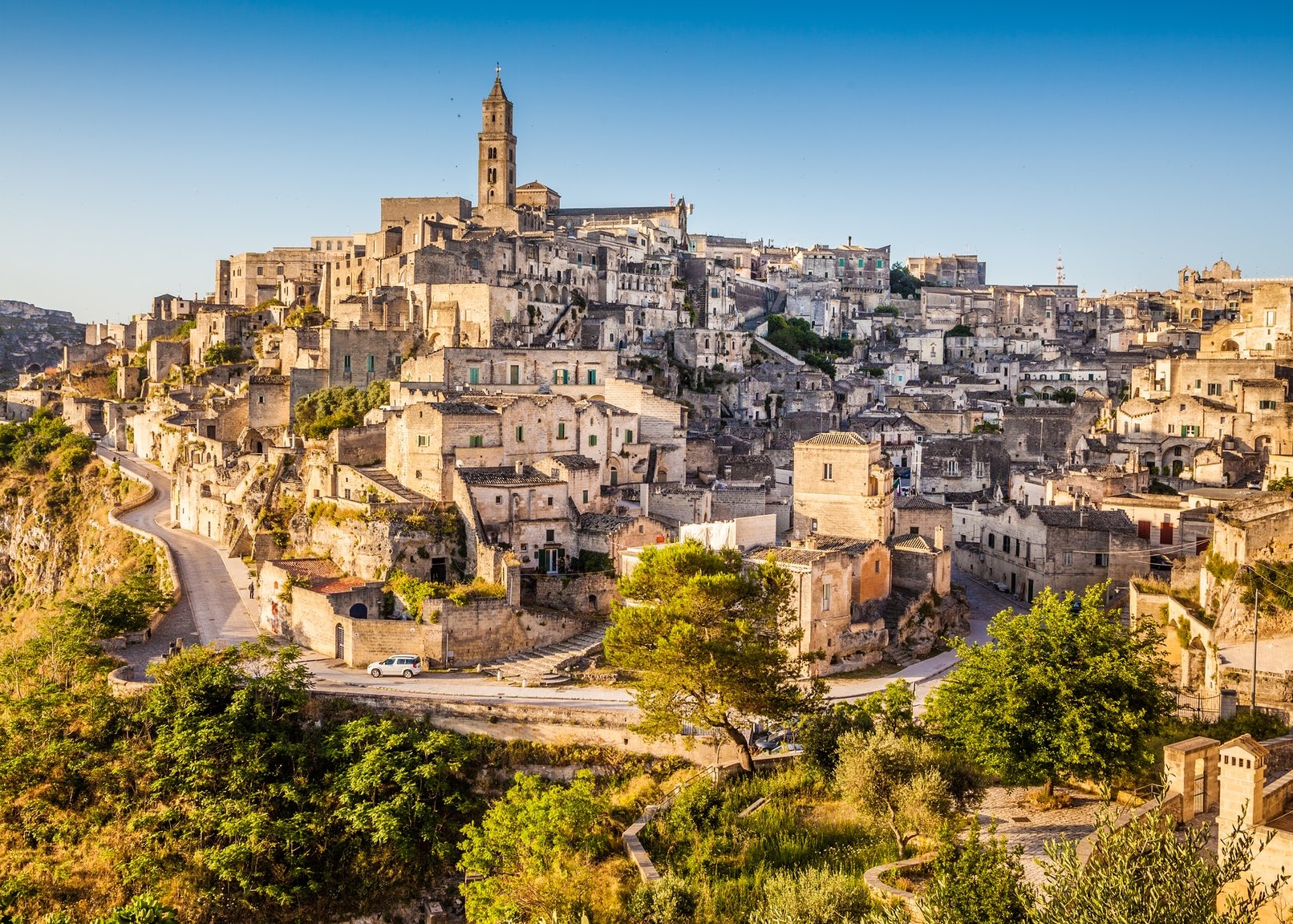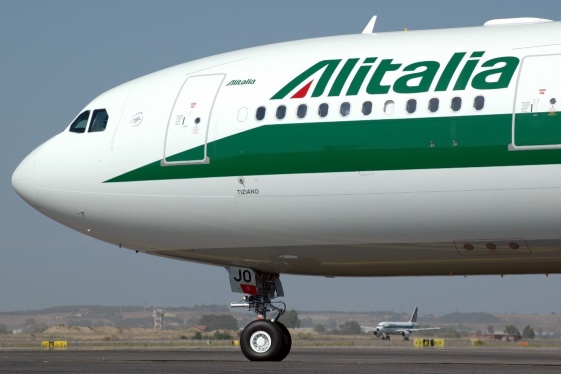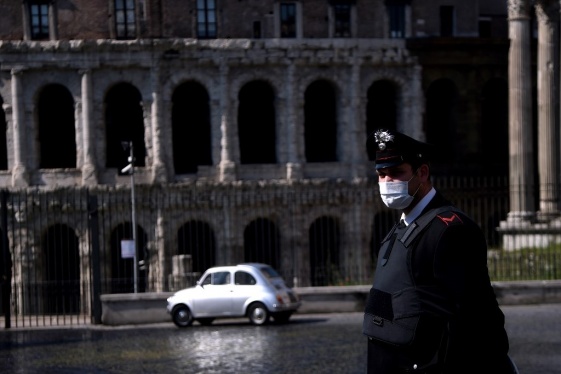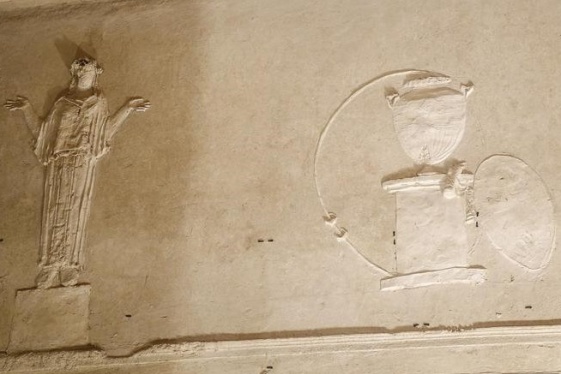

There is a sense of shame as Luigi Plasmati, 89, recollects growing up amid chronic poverty in a crammed cave in Matera, an ancient, bruised city in Italy’s southern Basilicata region.“It was brutal,” he said. “There were families of maybe nine or 10 children, sleeping next to mules and pigs. We were dying of hunger.”
Less than 70 years ago some 15,000 people, mostly peasants and farmers, were still living in grottoes carved out of limestone that dated back to Matera’s prehistoric era: dank dwellings with no natural light, ventilation, running water or electricity. Disease, particularly malaria, cholera and typhoid, was rampant. Bed space was scarce, with children squeezed with their parents into bunks that were deliberately built with space beneath for chickens. Coveted animals were kept indoors in case they were stolen.
SOURCE: https://www.theguardian.com/
You may be interested
-
Arnaldo Trabucco, celebrated medical practit...
Arnaldo Trabucco, MD, FACS is a leading urologist who received his medical training at ins...
-
Musement, the Italian App to travel “as you...
by Claudia Astarita Musement – the Italian innovative online platform – has launc...
-
''La Gente di Mulberry Street'' presentato a...
Valsinni- Italia, terra di emigranti. Presentato a Valsinni il nuovo saggio storico di Raf...
-
'A piece of flying Italy around the world': T...
Ciao ciao, Alitalia. Italy's storied flag carrier has announced it will no longer issue ti...
-
'A summer without travel': How long will Ital...
As the Italian government prepares to bring in “phase two” of the national lockdown measur...
-
'Basilica of Mysteries' reborn in Rome
The so-called 'Basilica of the Mysteries' has been reborn in Rome. The basilica, one of th...
-
'Beautiful' Italian lake hides a 'mysterious'...
Water can hide all kinds of secrets. But while shipwrecks and sea creatures might be expec...
-
'Dragon Bones' of Santa Maria e San Donato
The Basilica of Santa Maria e San Donato dates to the seventh century, back when the islan...










